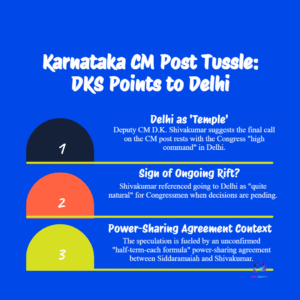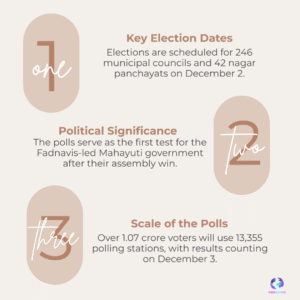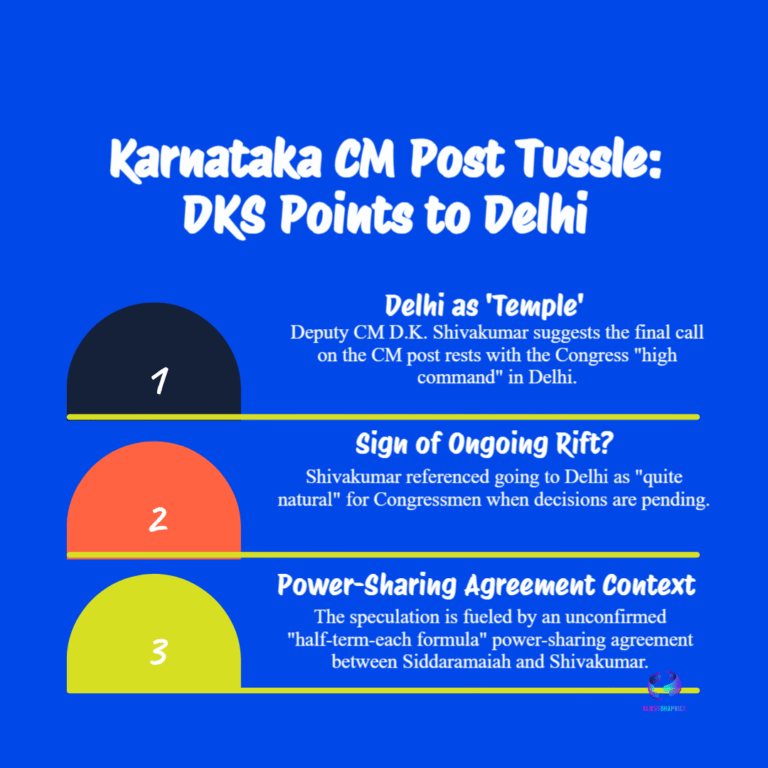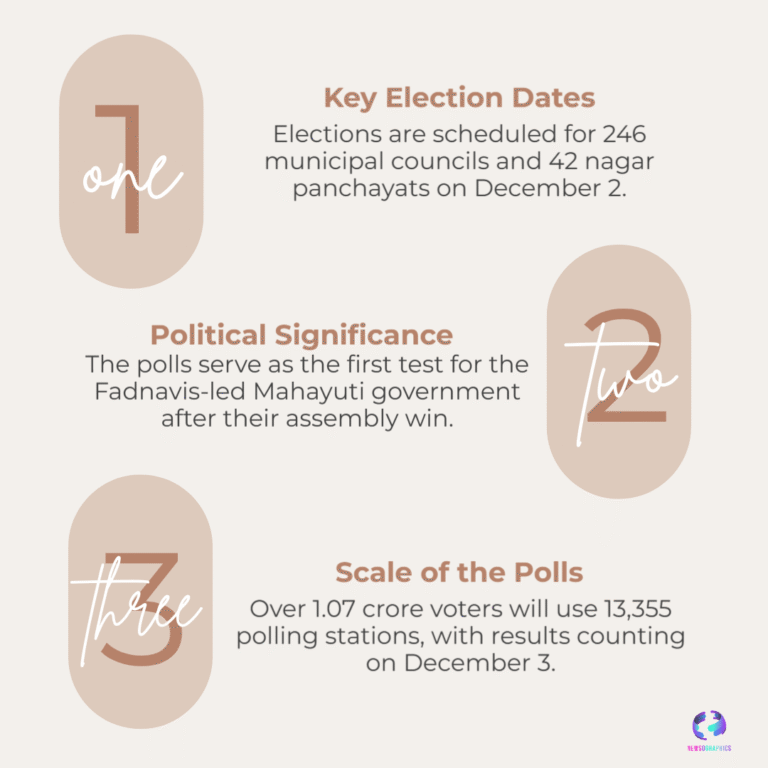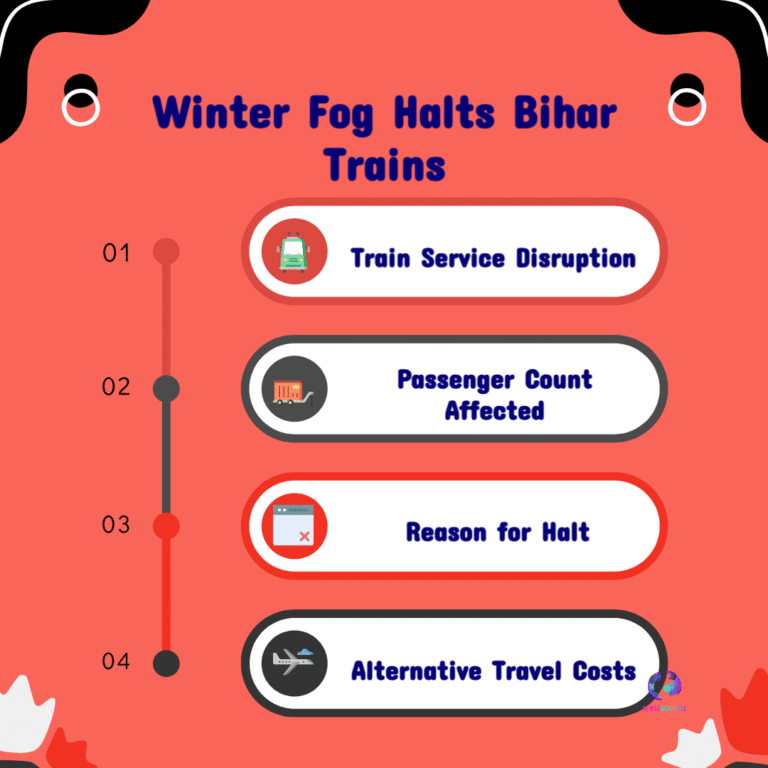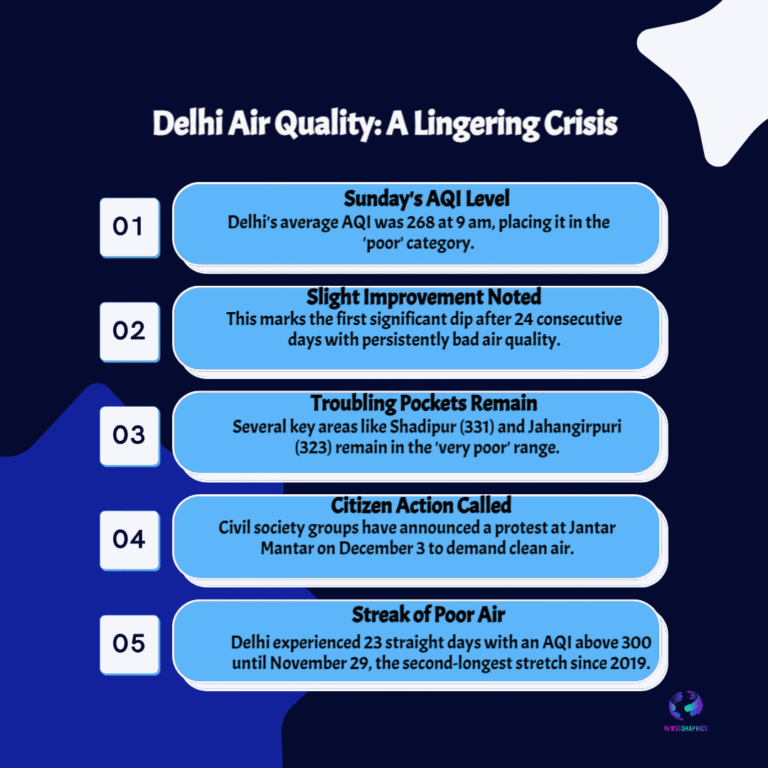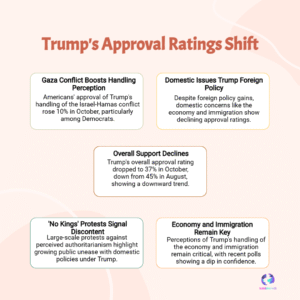Heavy rains hit Chennai on Diwali morning 2025, causing widespread waterlogging, airport runway disruption and halted Nilgiri train services; Tamil Nadu CM M.K. Stalin reviews preparedness as IMD forecasts continued coastal showers.
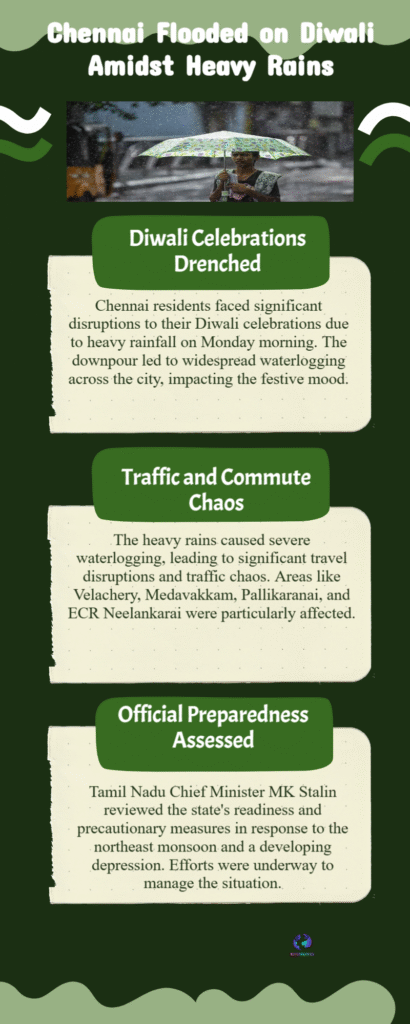
Chennai was hit by heavy rains on the morning of Diwali 2025, forcing many residents to alter festival plans as streets and low-lying neighbourhoods experienced widespread waterlogging. The downpour — part of an active northeast monsoon pulse and a developing depression — affected city mobility, with traffic snarls reported across major arterial roads and water accumulating on residential streets. Chennai International Airport saw runway waterlogging, disrupting operations and prompting close coordination between airport authorities and state disaster teams.
Tamil Nadu Chief Minister M.K. Stalin convened a video conference with district collectors and senior officials to assess preparedness in vulnerable districts including Thiruvarur, Tonkas, Virudhunagar, Ramanathapuram, Theni, Coimbatore and Nilgiris. Officials reported that areas hit so far had not suffered large-scale structural damage, but the state has urged continued vigilance as the India Meteorological Department (IMD) warned of more moderate to heavy showers along coastal districts through October 22.
Rail services in the Nilgiris were suspended after landslides blocked tracks between Kallar and Coonoor, halting Nilgiri Mountain Railway traffic and stranding some passengers. Local authorities deployed revenue, disaster management and public works teams for clearance and temporary relief, while advising commuters to avoid non-essential travel. The immediate priorities are ensuring safe airport operations, clearing storm drains in flood-prone pockets, restoring disrupted rail links and keeping public communication lines open. Observers say this episode highlights long-standing urban drainage and hill-slope safety challenges and underscores the need for faster drainage maintenance, targeted public advisories before peak monsoon pulses and improved early-warning coordination between IMD and local authorities. Continued monitoring of official communiqués and transport advisories will be essential for residents and travellers over the next 48–72 hours.

